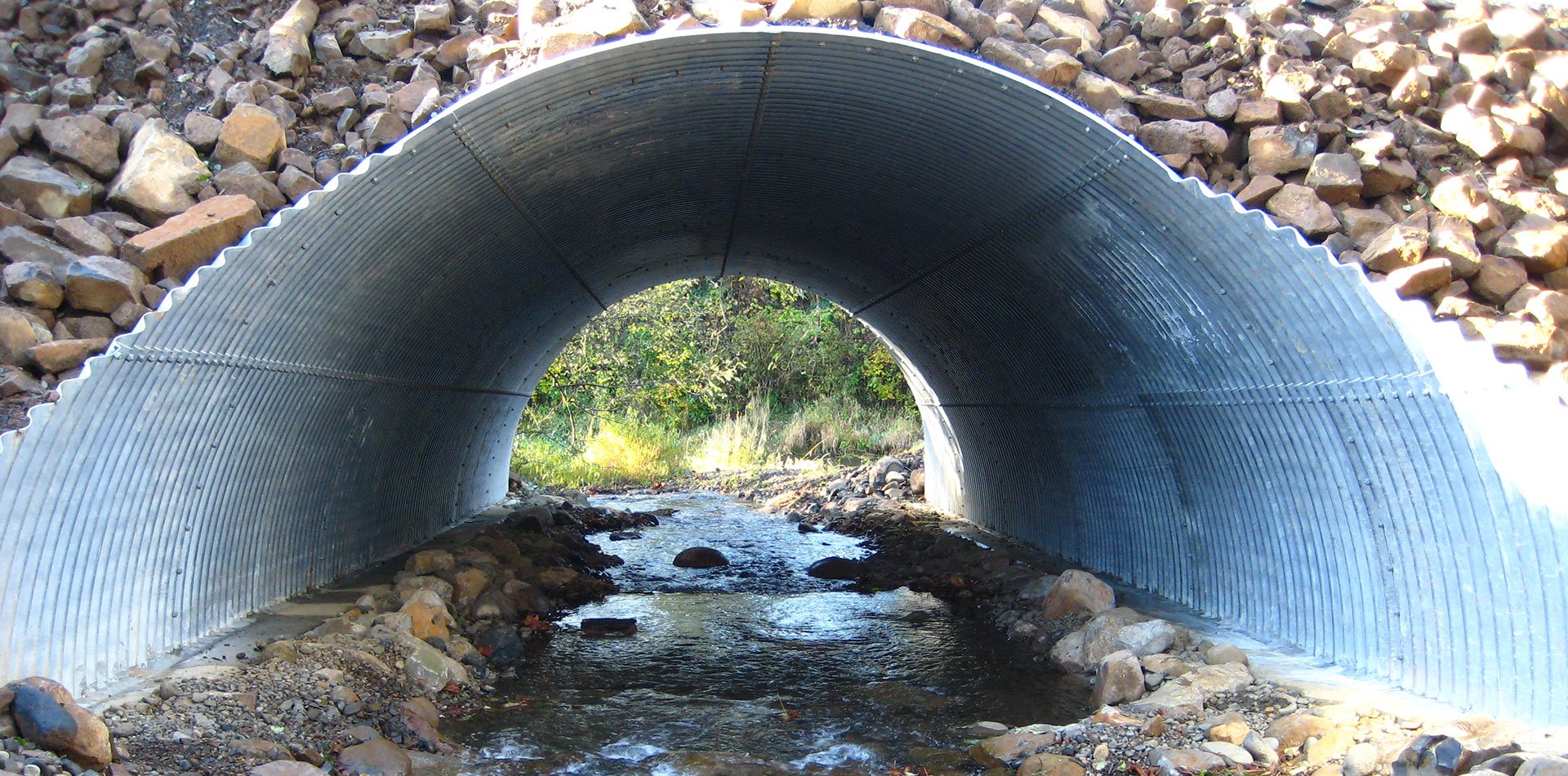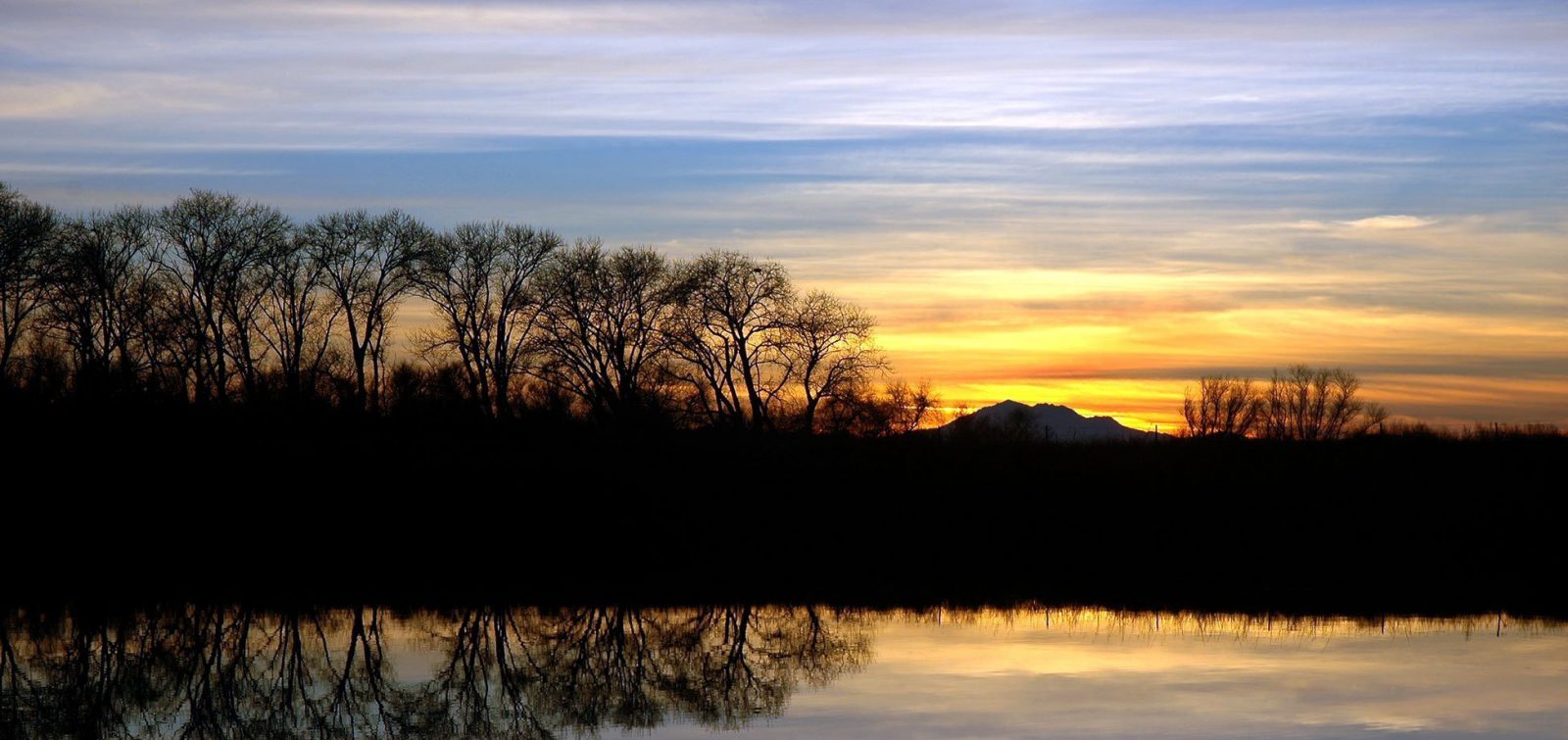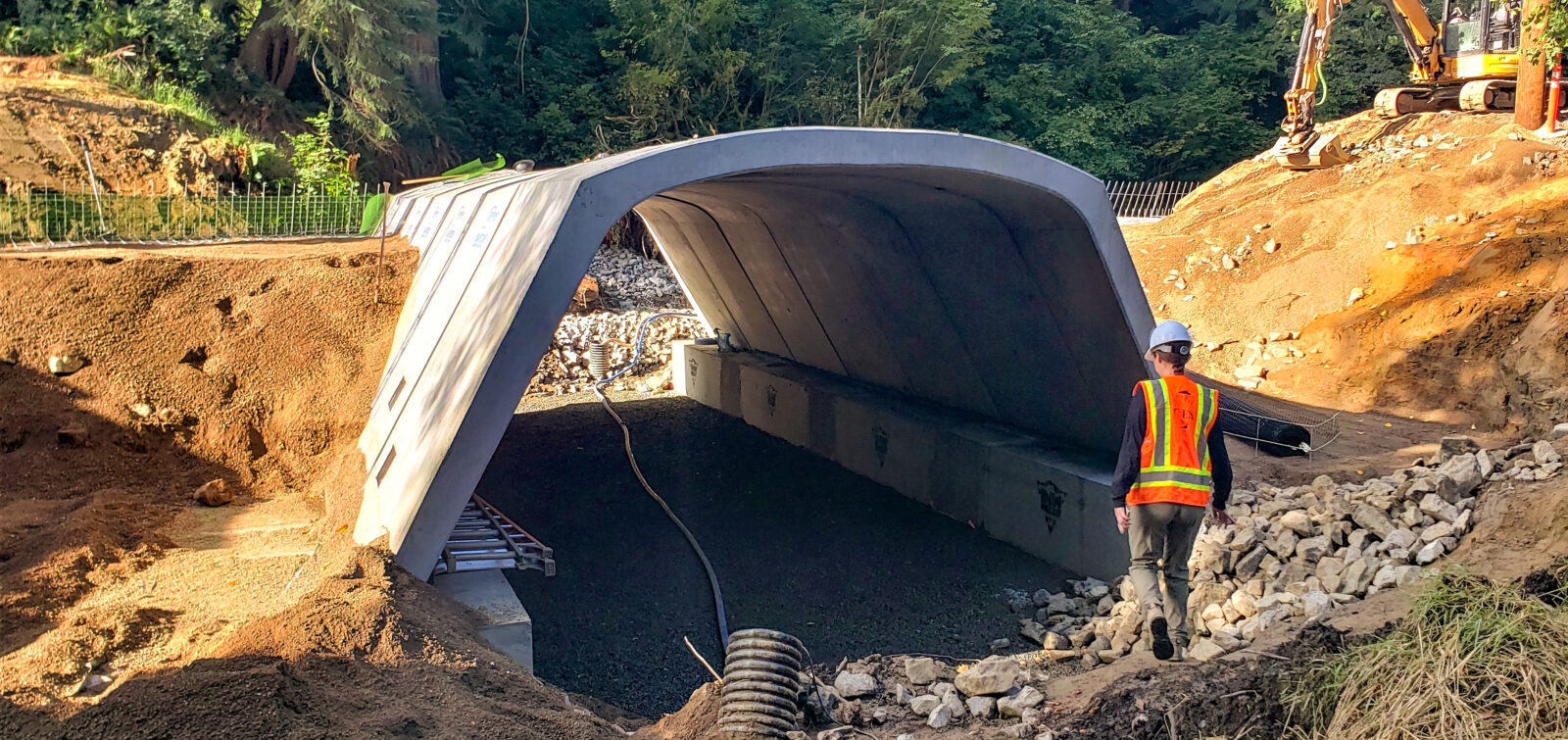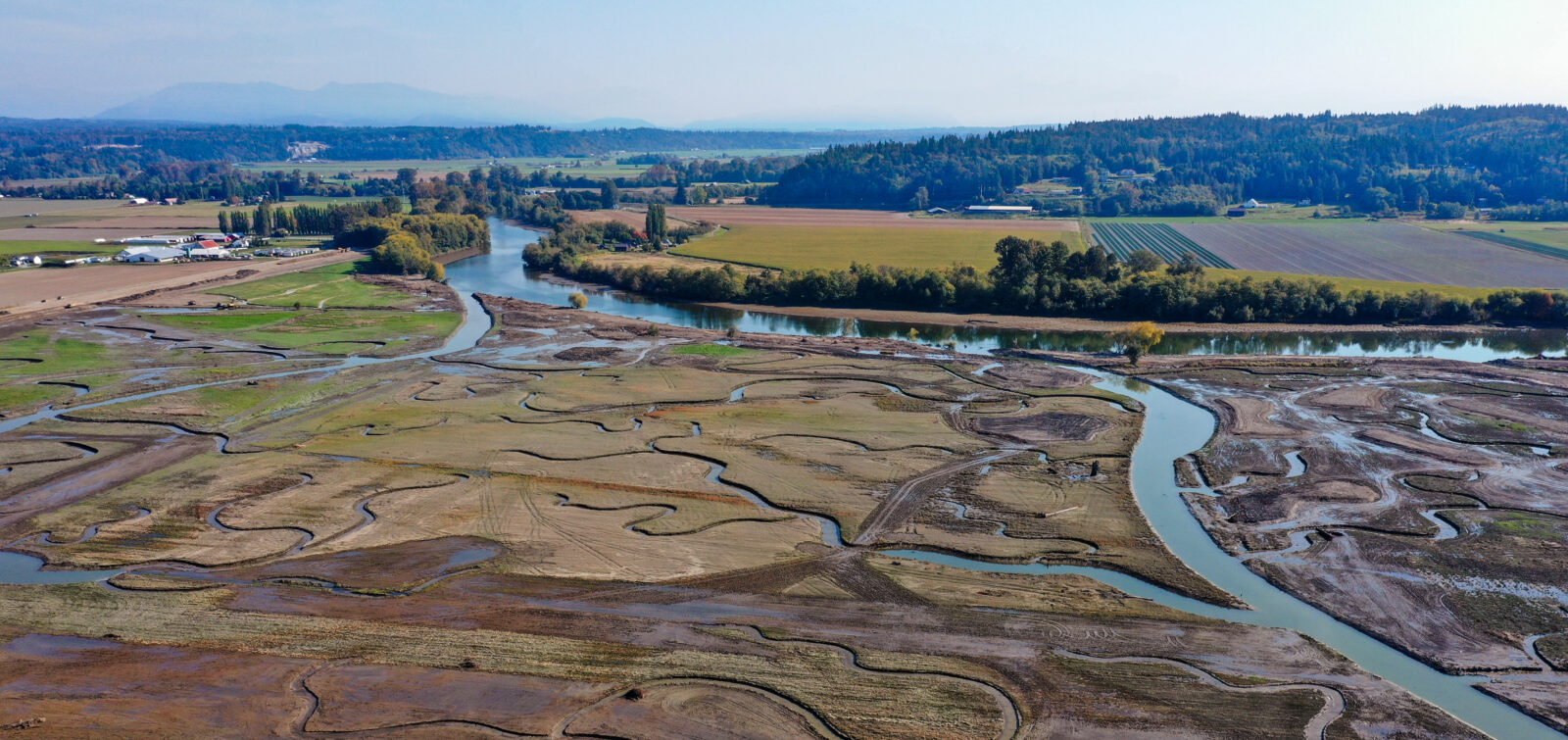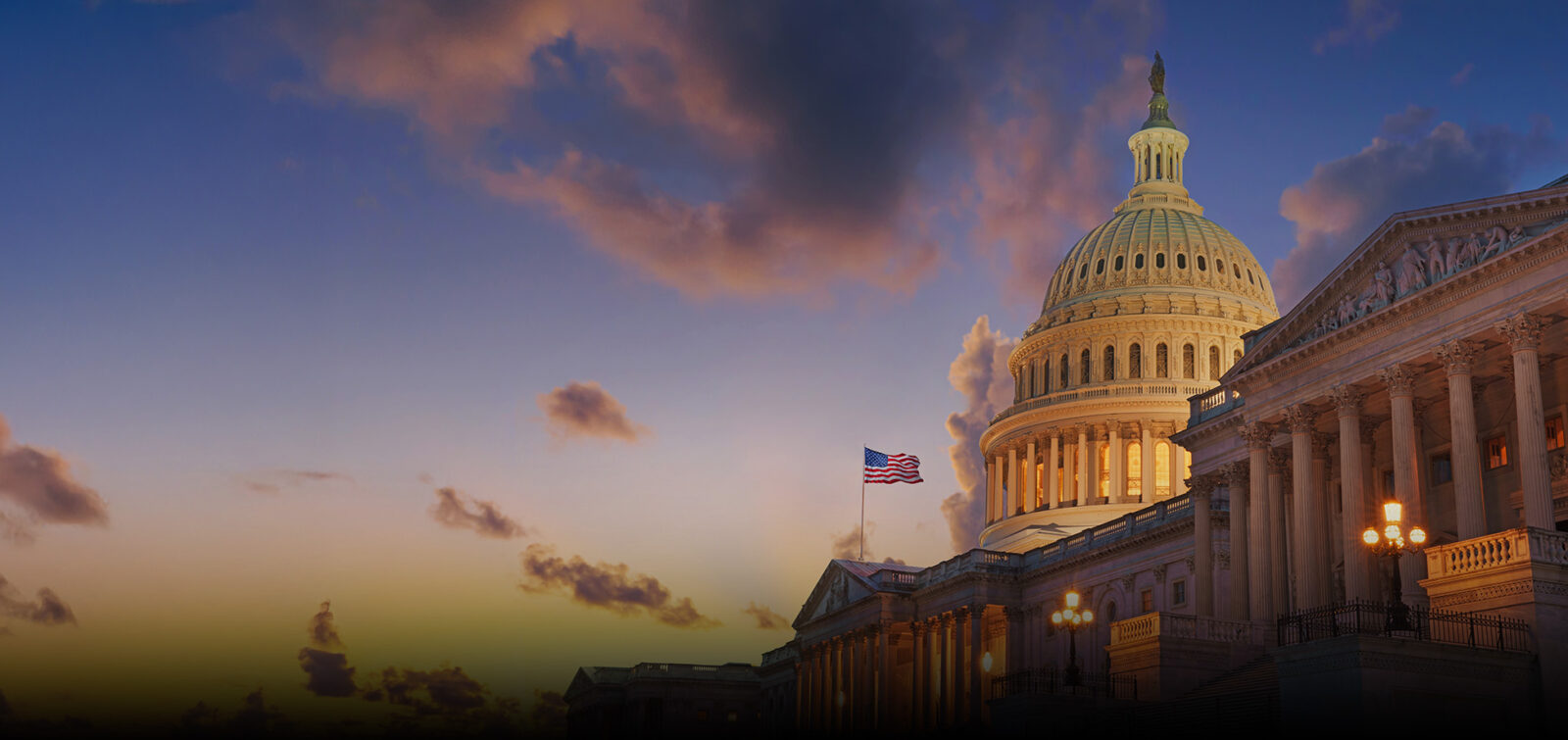Instant gratification isn’t something those in the environmental restoration field often get to boast about their projects. For example, it could take years for plants and trees to grow in a riparian project. Fish passage projects, on the other hand, can offer near immediate solutions.
“You remove the barriers to the fish and they’re able to access habitat,” says Susan O’Neil, ESA’s Strategic Planner & Ecosystem Recovery Specialist. The result, she says, is that you “have a big increase in accessible spawning and rearing habitat.” And this can happen almost immediately.
This instant gratification is a very powerful component to ESA’s fish barrier removal projects in Washington and Oregon. Removing barriers that block Chinook and Coho Salmon and Steelhead, particularly, offers a solution to restoring the natural environment, reestablishing the cultural resources important to the Native American tribes in the region, and helping to fulfill the state’s obligation to improving the health and sustainability of our salmon and steelhead runs. The part ESA plays in these projects is to serve as the connection between all these entities and participate throughout the full life cycle of any fish passage project.
“Having everyone from planners to hydrologists to engineers to fish biologists who are looking at the same problem from different angles gives us a full picture not only of the problem, but of the solution,” says Susan O’Neil.
The Importance of Fish Passage Restoration
Migratory salmon have been a cornerstone of culture, ecology, and the economy of the Pacific Northwest region for thousands of years. The lives of Indigenous peoples were shaped by salmon—as a primary food source, shaper of culture, and integral part of tribal religion that integrated and celebrated salmon migration and harvests.
Throughout modern history, industry such as logging, land-clearing, road-building, and urban-suburban development continue to threaten salmon habitat and passage. Sediment, fill, and other obstructions associated with these developments together have blocked waterways large and small, making it difficult—and sometimes impossible—for salmon to access habitat and spawn, thus decreasing salmon populations in the region.
Additionally, culverts constructed underneath roadways that cross streams have often been sized smaller than the stream width. This leads to high velocities and streambed erosion that block fish from swimming through the culvert. To remove these barriers, we can replace small culverts with larger structures or bridges and restore a stream to its natural condition beneath the road crossing.
In partnership with state, local, and regional governments along with the tribal governments that manage and protect natural and cultural resources in the Pacific Northwest region, ESA has implemented a number of culvert replacement bridge projects and a variety of other stream and floodplain restoration projects that open up and improve spawning, rearing, and migratory habitat for fish.
While the results of a fish passage project can be immediate, getting to the final stages of that solution can often be the biggest barrier. ESA is uniquely positioned to help overcome the technical, social, economic, and regulatory barriers that can complicate fish passage projects. We do this by bringing in the right experts who understand the stakeholders’ interests and have a problem-solving approach that leads to relatively swift action.
Multidisciplinary Team of Experts
“Having everyone from planners to hydrologists to engineers to fish biologists who are looking at the same problem from different angles gives us a full picture not only of the problem, but of the solution,” says Susan O’Neil.
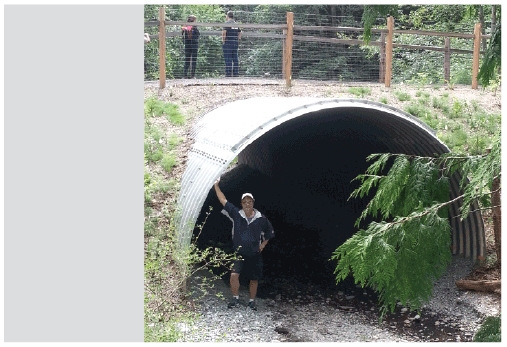
An example of a dam removal and new fish passage culvert at West Beach Creek on Orcas Island, WA, designed to endure changing tides and sea level rise flows. Stream design engineer Sky Miller provides scale for the photograph, taken at low tide.
These multidisciplinary teams not only have the engineering and biological expertise and knowledge to carry out these projects effectively and efficiently, they also bring an important cultural understanding. They recognize that habitat restoration isn’t just about the construction of the project, but also requires an understanding of the value that salmon have to Indigenous peoples. This means understanding which species are of particular importance in a given stream system and what their specific habitat needs may be. For example, tribal governments often want large wood and other natural elements integrated into the project design. ESA engineers bring specialized expertise in large wood design and can ensure that these habitat features are brought in with the best possible outcome.
Brian Taylor, an ESA water resources engineer, says they consider details down to the angles at which the logs or stones are placed. “When we put these features out there, you try to get the angles right so that when water is deflected it doesn’t cause another problem,” he said. “We’re looking at the hydraulics of how water moves around and the biology of the area so the log has a big enough pool under it and the right mix of gravels to provide intended habitat function—maybe a fish resting area or a fish spawning area.”
A lot of these detailed elements come down to understanding the problem, anticipating future problems, and making sure the project solves them effectively in both the short-term and long-term.
Teams of Problem Solvers
“We are problem solvers,” says Paul Schlenger, a fisheries biologist and principal associate at ESA. “We can readily deliver the projects that are straightforward—which the overwhelming majority are—and we can help navigate the challenges of the more complicated sites.”

Part of being able to achieve such holistic success is that ESA’s multidisciplinary teams also bring a healthy understanding of the policy and permitting landscape. Each region and jurisdiction have specific requirements that projects must meet to be permitted. By having teams that are committed to designing projects that comply with regulatory requirements and by bringing all stakeholders together to find common ground, ESA is able to navigate all kinds of regulatory challenges.
And in some cases, clients need help prioritizing which culverts to address first or which ones will achieve the greatest habitat benefits. “We help clients identify those opportunities,” says Brian Taylor. “Again, that gets into the multidisciplinary aspect of our teams. You have the engineers like myself and Sky Miller, but also permit specialists and cultural archaeologists to make sure that we’re maximizing the value these projects bring.”
ESA is able to be a part of navigating all the complex details at all stages of the conversation. Because of the multidisciplinary approach and the acute focus on problem solving, ESA’s position to be the connecting point between all the stakeholders is unique and critical to project success.
ESA works at all levels to achieve the ultimate goal, which is getting more miles of habitat accessible to fish. Importantly, ESA’s attention to climate science is also essential to the longevity of the solutions created. ESA engineer Sky Miller references projects on which he worked to build brand new bridges to replace bridges that were taken out by wildfires and hundred-year floods. The new structures have to be built with climate change in mind. “We’re keeping an eye on the science to make sure we’re doing our due diligence to inform our clients of what we see,” says Miller. This long-term thinking is necessary for these fish passage projects to be long-term solutions.
Planning for long-term definitely doesn’t take the energy out of the short-term satisfaction that comes with finalizing a fish passage project, though.
“I hope that we can really use our creativity and the trust that people have in us to try to get these more ‘bang for our buck’ projects done sooner,” says Susan O’Neil. “We can do that to help sequence things in a way that isn’t letting anyone off the hook, that results in the immediate release of fish in our waterways.”
To learn more ESA’s approach to fish passage design in the Pacific Northwest and beyond, please reach out to Susan O’Neil, Brian Taylor, Sky Miller, or Paul Schlenger.
